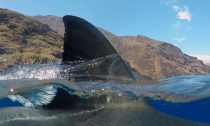
Researchers in Southern California are seeing more great white sharks than ever before, reports local broadcast network KCAL-TV.
Chris Lowe, a shark expert at California State University Long Beach, tells KCAL-TV that his lab tagged a record 38 great whites—more than three times the number they tagged last year. “This year there were just more sharks around, and the question is why,” says Lowe.
But scientists emphasize an important qualifier: The great whites cruising the Southern California coast are babies and juveniles that tend to be between four and ten feet long. These skittish young sharks stick close to shore to avoid predators and snack on stingrays and fish.
They also mostly avoid people, even as they’re becoming more numerous.
“Despite the fact that shark p...
Read More

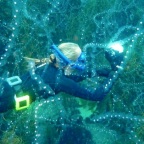

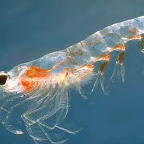
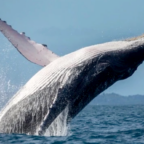
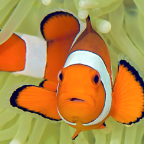
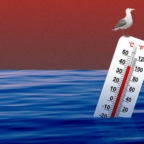
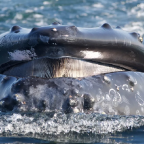
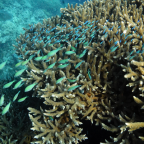
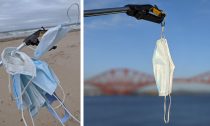
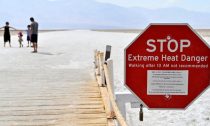
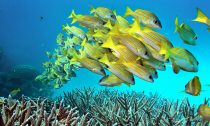


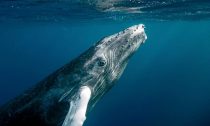
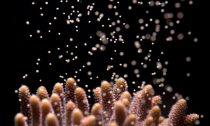
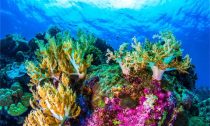


Social Profiles